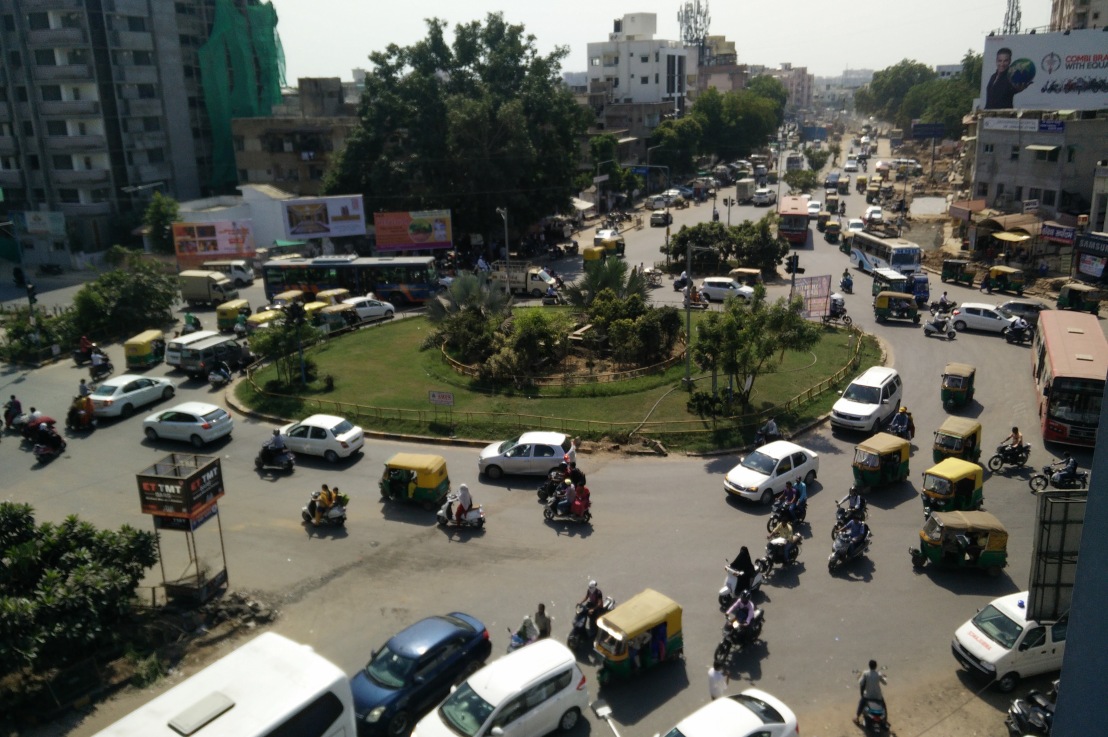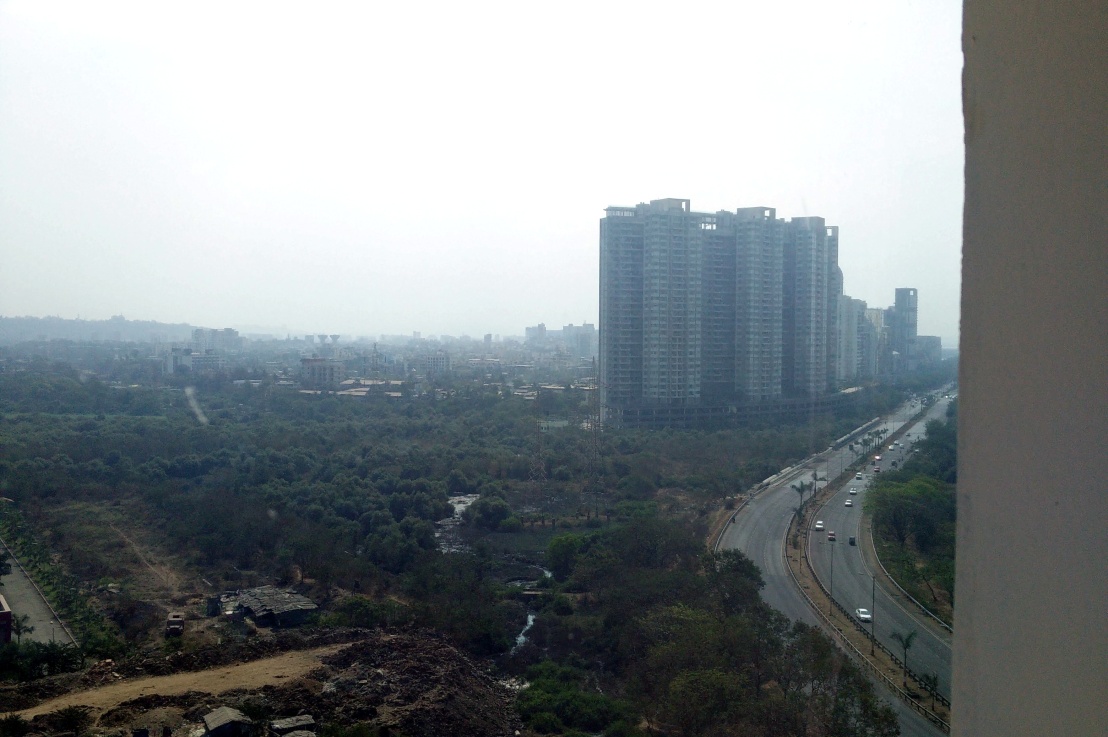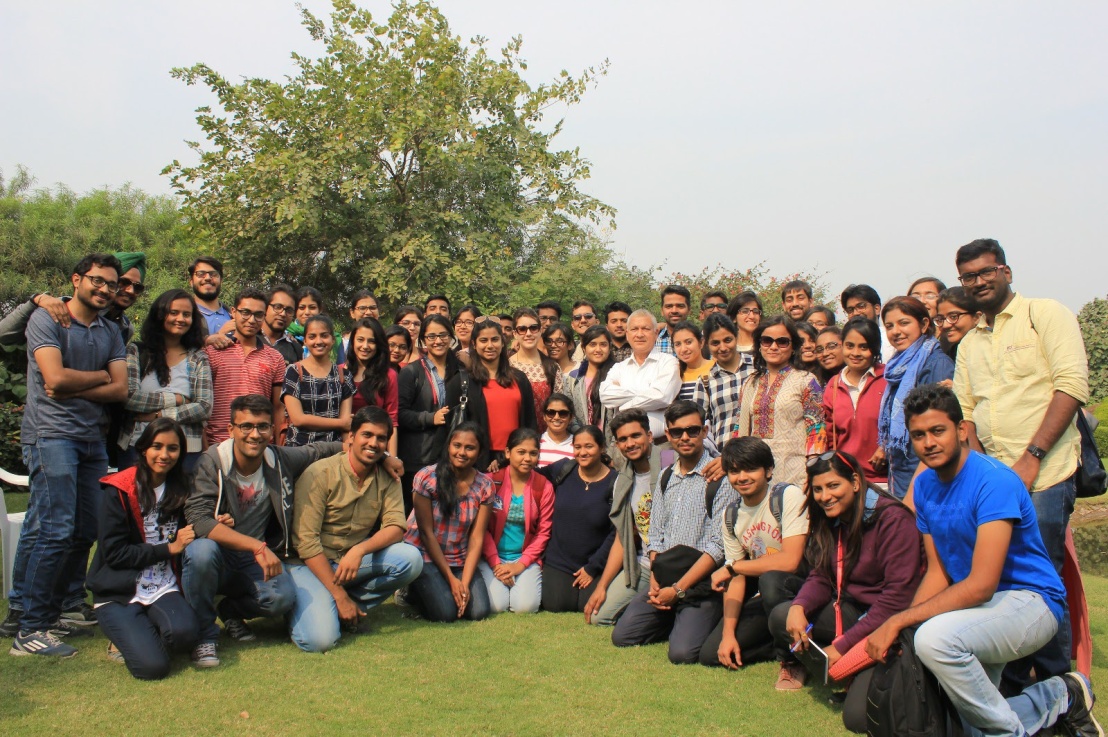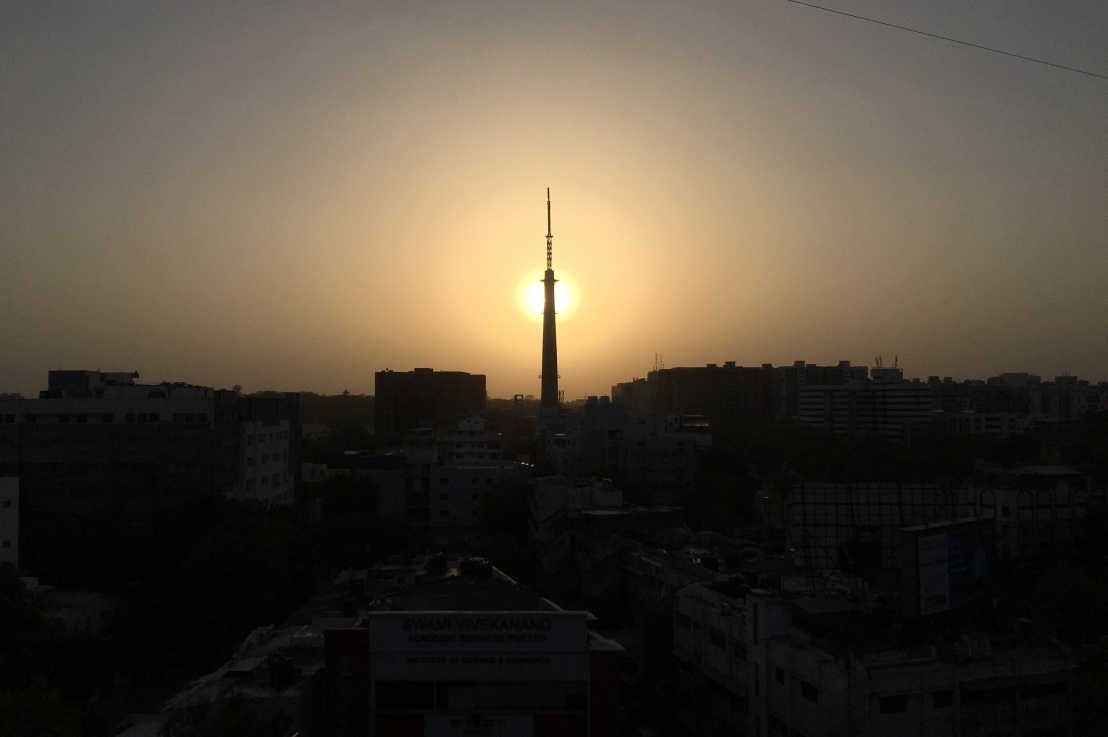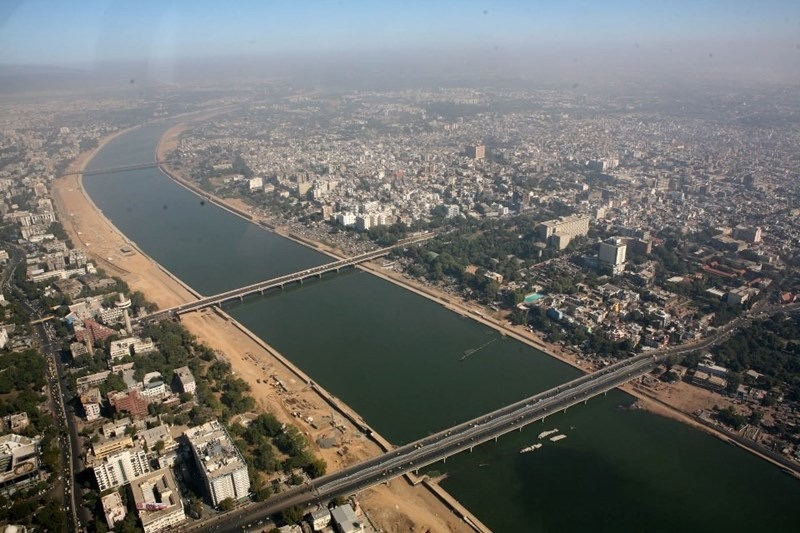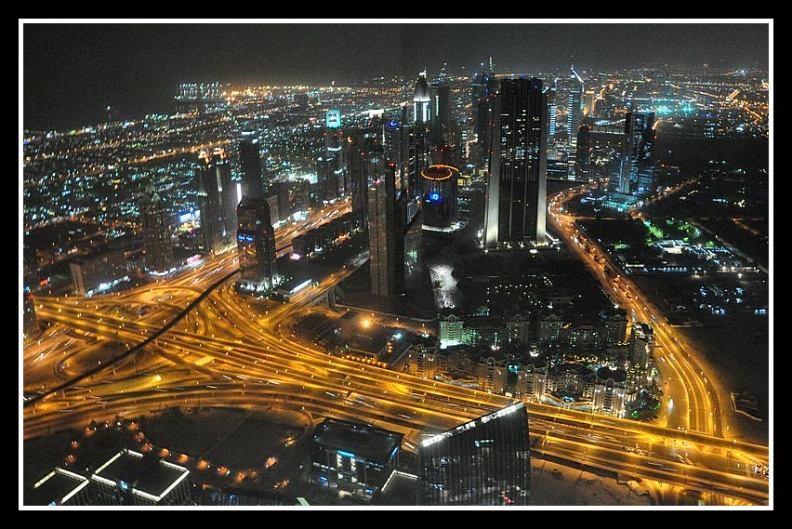The world today is seeking to understand if compact cities are more desirable and how they affect transport planning and efficacy. But before we get to that, one needs to understand what is meant by “compact cities” and “urban sprawl”.
Author: Anjali Katare
Cities: Where are we headed?
Urbanisation is happening at an unprecedented pace; and our predictions of it are continually falling short. This boosts the influx to an extent that instigates kernel as well as suburban development, which increases the demands of more privatized vehicles pertaining to comfort level, improved mobility and faster commute. This however, opens the Pandora’s Box. The utopia we demand is far fetched, but is it achievable?
SEZ Site Visit: PHARMEZ
Economy of a country is dependent not only on its local produce and consumption but largely to its extent of export and import. Unlike the other SEZ that one might come across, Pharmez portrays a picture that is quite unusual. Despite being highly focused on economic benefits and returns, the SEZ has adopted several environments based mechanisms. This changes the overall face of the facility and makes it appear more sensitive. It also sends across a message that it is not necessary for an industrial campus to side-line the Green Cover or other environmental aspects such as Sewerage disposal and Waste Treatment. These may be very well incorporated as well as be financially feasible.
Smart Cities India- The Mission, Pan City and Area-based Approach: A Review
The definition of “smart cities” changes as we tread across the globe. Our cities already have a wide disparity between the rich and the poor. The focus on pan area development should not be mitigated by the means of powerful stakeholders and hence the equity factor should be checked consistently.
How We Plan?
A city is an interweave of socio-economic, technical, technological and symbolical subsystems. It is not a set-in stone, nor is it stagnant in time; it is a dynamic system, that changes with the interactions with time and events. Its perseverance is subtle, and it may survive even when its inceptive idea has changed or subdued, as it perpetually accepts new characters, themes and scenes.
Is Urban only a city?
A city assumes multiple roles, and all of which change in character as the city urbanises. The fact that urban mega-cities are on the rise and will continue to grow over the years is agreeable, but most of the urban population of India will continue to live in smaller cities and even smaller towns for at least a few more decades. The urban India still holds a concoction of its rural values, traditions and mannerisms alongside the modernistic view borrowed from west.
That Little Dream
And that day you won’t be unsure anymore, you may be fearful of what future holds, but you will be headstrong to face it and mould it to the best.
